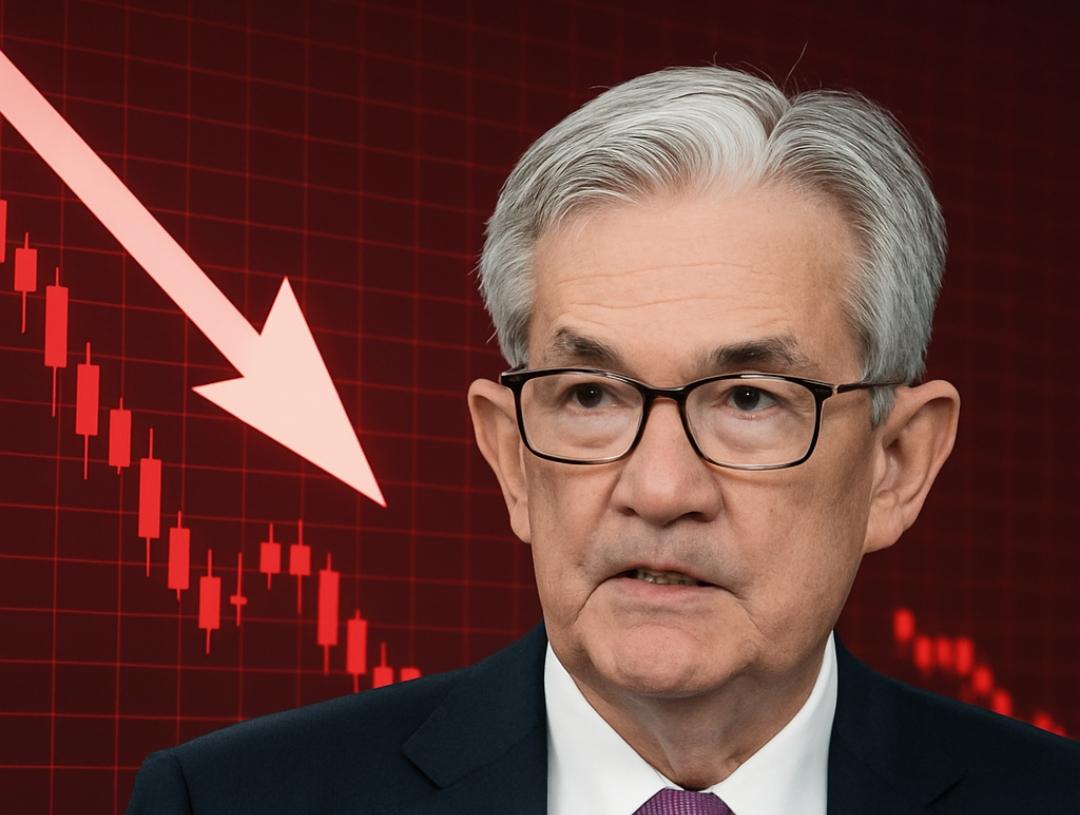
On May 21st, the US conducted a $16 billion auction of 20-year bonds. Typically, such auctions happen with minimal market impact. However, this time was different and sent yields soaring.
The difference came from weak demand at the auction. Investors wanted to buy these bonds for less than initially expected. The high yield came in at 5.047%, above the expected 5.035%. When bond prices fall, yields rise — and that’s exactly what happened.
This 1.2 basis point "tail" was the largest since December, according to ZeroHedge. It also marked only the second 20-year bond auction in US history to have a yield above 5%.
Such a sudden and large tail acted as a wake-up call in an already high-yield environment.
So why did this happen?
A combination of macroeconomic factors is at play: rising US deficit spending, expectations of more inflation, and the return of the "higher for longer" Fed policy are pushing rates higher. The US is now running a budget deficit of 7% of GDP.
Higher yields are generally bearish for the stock market. When borrowing costs rise, economic growth slows, especially in times of uncertainty — and that’s what we’re seeing now.
The situation is amplified by concerns over the tax bill and US deficit spending. That’s why President Trump continues to pressure Fed Chair Jerome Powell to cut interest rates. It’s clear that both Trump and Treasury Secretary Bessent are watching the bond market closely.
Trump "needs" rate cuts as yields soar, but Powell has refused to cut. We saw similar tensions in April.
On April 9th, it became clear that the bond market was likely Trump’s top near-term economic priority. For weeks, Trump insisted there would be no tariff delay. Then, 12 hours after a major move in the bond market, a 90-day tariff pause was announced.
Before the April 2nd announcement of "reciprocal tariffs," the 10-year note yield had been falling steadily. That decline gave room for the trade war to continue. However, when the basis trade began to unwind due to volatility, the 10-year yield surged to 4.50%. We are now above those levels.
Soon after, Trump made it clear that the bond market was driving his decisions. He said:
“I was watching the bond market. It's very tricky. If you look at it now it's beautiful.”
Looking ahead, it's expected that Treasury Secretary Bessent may attempt some form of intervention. But it’s unclear what tools are left, as trade deals are no longer pulling yields down.
If the 10-year yield nears 5%, the market may not be able to sustain current valuations.
The issue is even worse abroad. In Japan, the 30-year bond yield has surged by 100 basis points since April’s low, hitting a record high.
All of this underscores why the US markets are growing increasingly uneasy — and why Trump keeps calling on Powell to act.
Disclaimer:This article is for informational purposes only and does not constitute financial advice. Market conditions can change rapidly, and readers should conduct their own research or consult a financial advisor before making investment decisions.




